Cerebral Angiography

A Cerebral Angiogram (also called cerebral digital subtraction angiography or DSA) is the gold standard for assessing blood vessels in the brain, head, neck and spine.
Endovascular treatment of brain aneurysms
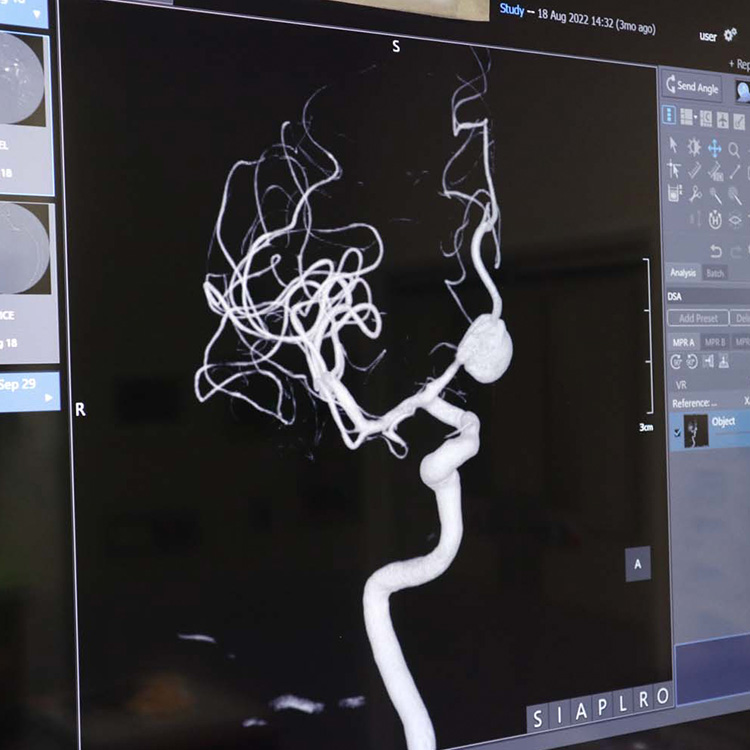
A brain aneurysm is a localised bulging of an artery in the brain due to weakness in the vessel wall.
Carotid Stenting

The carotid arteries carry oxygenated blood to the brain. Occasionally at the origin of the internal carotid artery there can be significant atherosclerotic plaque build-up which can result in narrowing of the artery.
Dural arteriovenous fistula (DAVF) embolisation
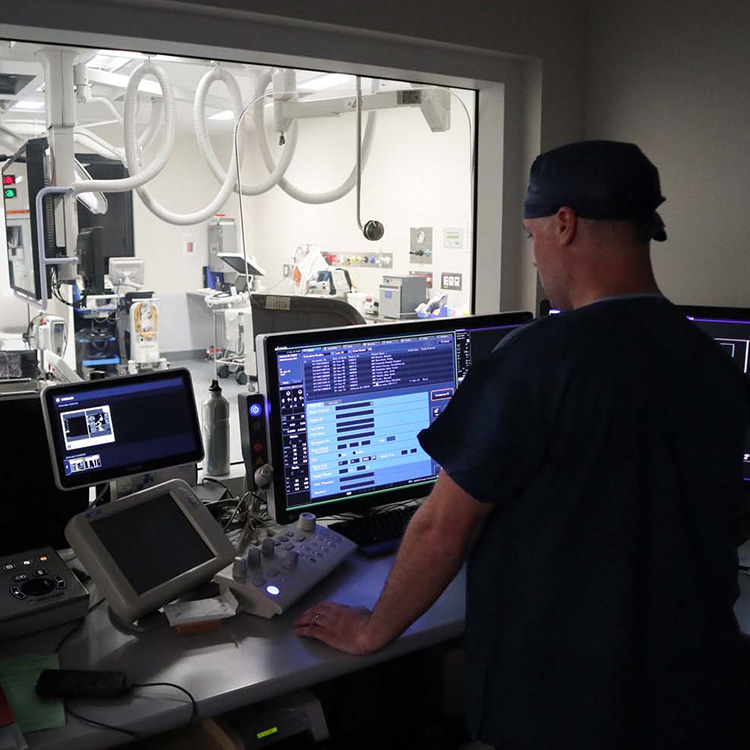
A dural arteriovenous fistula (DAVF) is a vascular malformation. It occurs when abnormal arteries which supply the dura (the outer lining of the brain) form abnormal connections directly onto cerebral veins or dural sinuses (large vein like structures which drain blood from the brain back to the heart).
Subdural Haematoma
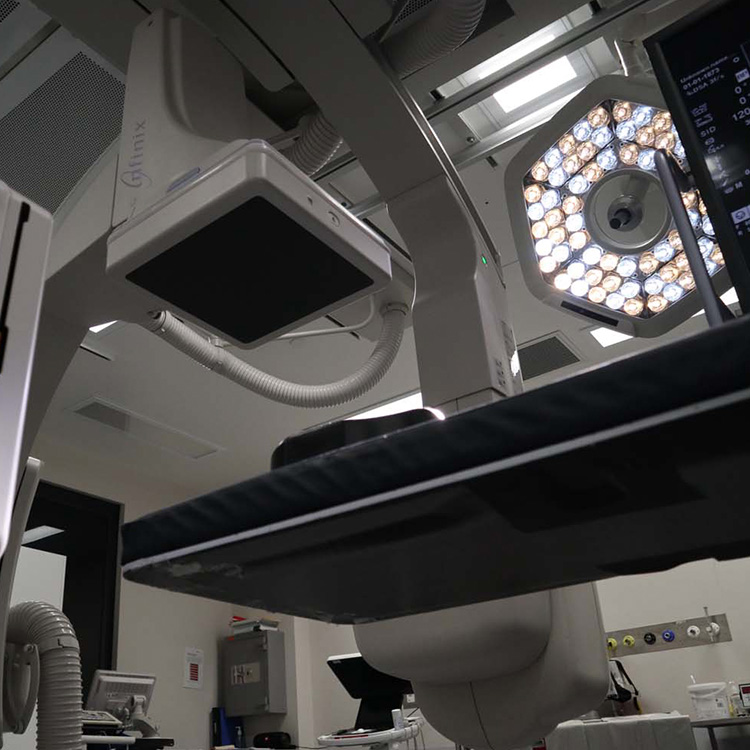
A subdural haematoma is a type of intracranial haemorrhage where there is bleeding into the subdural space of the brain. An effective option for endovascular treatment of this condition is middle meningeal artery embolisation.
Idiopathic Intracranial Hypertension (IIH)
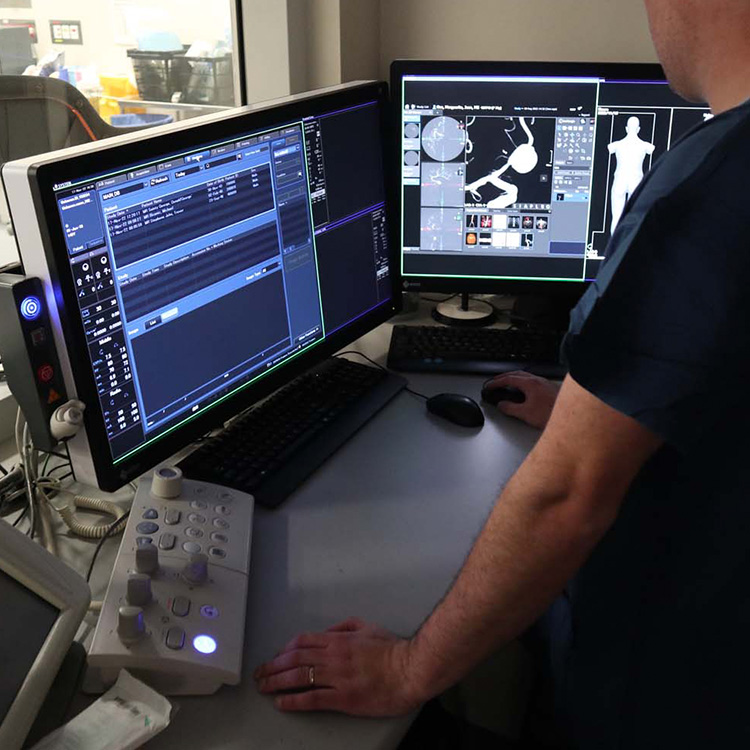
Idiopathic intracranial hypertension (previously called benign intracranial hypertension or pseudotumour cerebri) is condition resulting from raised pressures within the skull.
Endovascular Clot Retrieval

Ischaemic stroke is a leading cause of death and disability in Australia. Ischaemic stroke occurs when a blood clot (often originating from the heart or diseased atherosclerotic vessels) is dislodged and travels to arteries in the brain.
Carotid or Vertebral Artery Dissection
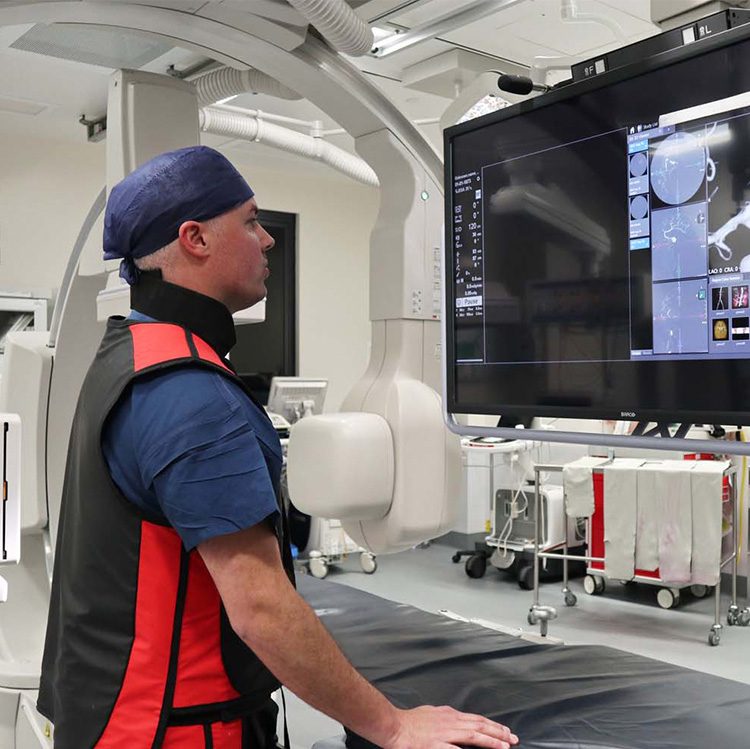
Arterial dissection refers to damage or tearing of the inner lining of an artery. This can result in blood entering the middle layers of the artery creating a blood-filled channel in between the blood vessel wall.
Vertebroplasty
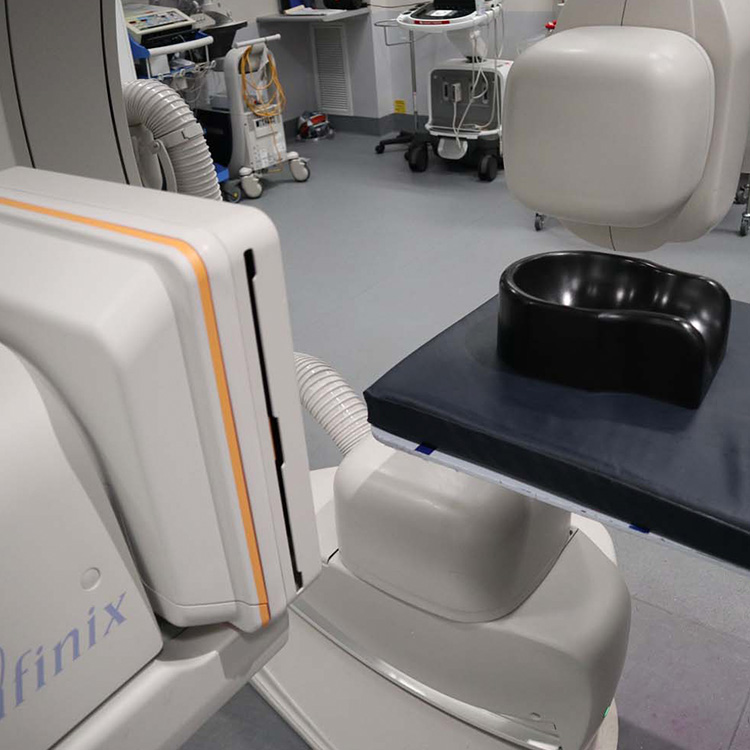
Vertebroplasty is a minimally invasive procedure to treat compression fractures of the spine.
Brain aneurysm screening

Aneurysm screening involves performing an imaging test, most often an MRI to assess the blood vessels in the brain. This is performed based on your family or medical history even if you do not have any symptoms.
